Is Autism Overdiagnosed?

Understanding the Complex Landscape of Autism Diagnosis
The increasing prevalence of autism diagnoses has sparked a global debate about whether we are witnessing an actual rise in cases or if diagnostic practices and societal influences are inflating the numbers. In this article, we explore the factors involved, the validity of diagnoses, gender disparities, and the implications of potential overdiagnosis.
The Surge in Autism Prevalence: A Closer Look at Data and Trends
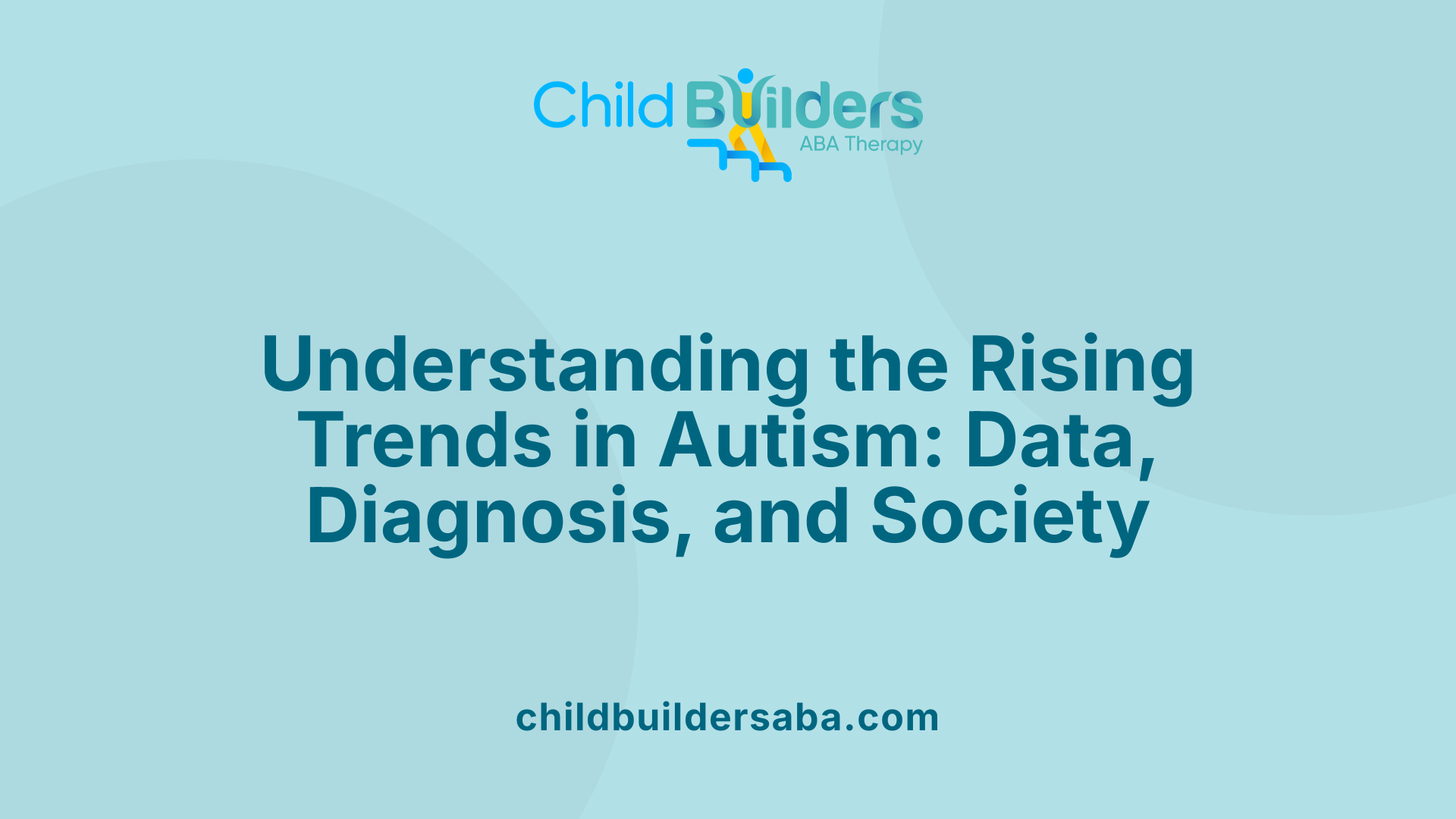
How has the prevalence of autism changed over time?
From the 1960s and 1970s, autism diagnoses in children were remarkably rare, with estimates around 1 in 4,000. Over subsequent decades, this number has risen dramatically. By the late 20th and early 21st centuries, the prevalence increased to about 1 in 150 children, and recent CDC data now reports approximately 1 in 54 children being diagnosed with autism spectrum disorder (ASD). In the United States alone, autism diagnoses have surged approximately 500% in the past 16 years. Similarly, in the UK, there has been a notable rise in recognition and diagnosis, especially among females, who were previously underdiagnosed.
What are the recent findings on autism rates?
According to the CDC, current estimates suggest that about 1 in 36 children in the U.S. have autism. Profound autism cases now constitute roughly a quarter of all diagnoses. This rapid increase has sparked debates among professionals about what is driving the trend.
Why has autism prevalence increased so significantly?
Many experts attribute much of the rise in diagnosed cases to changes in diagnostic criteria and reporting practices. For example, the DSM-5, published in 2013, consolidated separate diagnoses into a broad category of ASD. While intended to streamline diagnosis, it has also been criticized for potentially broadening the criteria, leading to more individuals being classified under ASD.
A Danish study, for instance, indicated that nearly two-thirds of the increase could be linked to these shifts in reporting and diagnostic methods. Moreover, improved awareness, especially of autism in females and adults, contributes to increased detection.
The influence of diagnostic criteria changes
The evolution from DSM-4 to DSM-5 marked a significant change. The DSM-4's criteria, published in the early 1990s, correlated with a sharp rise in diagnoses, from 5.5 per 100,000 in the early 1980s to almost 45 per 100,000 in the mid-1990s. With DSM-5’s broader definitions, some fear that overdiagnosis has been exacerbated. Dr. Laurent Mottron criticizes the vagueness of the current criteria, which along with awareness campaigns and increased availability of ASD-specific services, might lead to labeling more children as autistic.
Is autism overdiagnosed?
The question of overdiagnosis is central in current discourse. Dr. Allen Frances, a prominent psychiatrist involved in early diagnostic criteria, warns that loosened criteria have contributed to inflated diagnosis numbers. Many practitioners report that in more than 10% of assessments, ASD is diagnosed despite inconclusive evaluations.
However, most professionals agree that autism is a tangible, impactful condition. There is a consensus that accurate diagnosis is crucial, yet the variability across regions and professionals can sometimes lead to misdiagnoses or overdiagnosis, especially among children with developmental delays or atypical behaviors that do not fully meet the DSM-5 criteria.
The gender gap and evolving recognition
Historically, autism was believed to be more common in boys, with a ratio around 9:1. Recent research and improved diagnostic practices have narrowed this ratio to roughly 2:1, partly because of better recognition of autism in girls and women. Symptoms often present differently in females, leading to delayed or missed diagnoses earlier, but growing awareness has improved detection, especially among adult women.
Risks and benefits of diagnosing autism today
While early diagnosis and intervention support better social and communication development, overdiagnosis can lead to unnecessary anxiety for families, inappropriate treatment plans, and misallocation of resources. It can also diminish the focus on genuine cases, risking under-treatment.
In conclusion, the rise in autism prevalence reflects a complex interplay of genuine increases, broader diagnostic criteria, greater awareness, and improved detection methods. Maintaining a balance between identifying those who need intervention and avoiding overdiagnosis remains a vital challenge for clinicians and policymakers.
| Aspect | Trends and Changes | Impact and Concerns |
|---|---|---|
| Historical prevalence | 1 in 4,000 (1960s), rising over decades | More diagnoses, increased awareness |
| Current rates | Approximately 1 in 36 in the US | Growing public and clinical attention |
| Diagnostic criteria | DSM-5 broadening, previous narrower definitions | Potential for overdiagnosis |
| Gender differences | Recognition of autism in females improved | Shift from 9:1 to 2:1 ratio |
| Overdiagnosis debate | Experts divided, concerns about mislabeling | Could lead to unnecessary treatments |
| Diagnostic process variability | Regional differences, professional experience gaps | Risks of misdiagnosis |
| Future perspectives | Focus on functional abilities over diagnosis | Need for continual review and balanced approach |
Ultimately, understanding autism’s prevalence trends involves examining historical, diagnostic, and social factors. While increased recognition has undoubtedly helped many, ongoing discussions emphasize the importance of precise, responsible diagnosis to serve individuals best.
Drivers Behind the Increasing Diagnostics: Criteria, Awareness, and Genetics
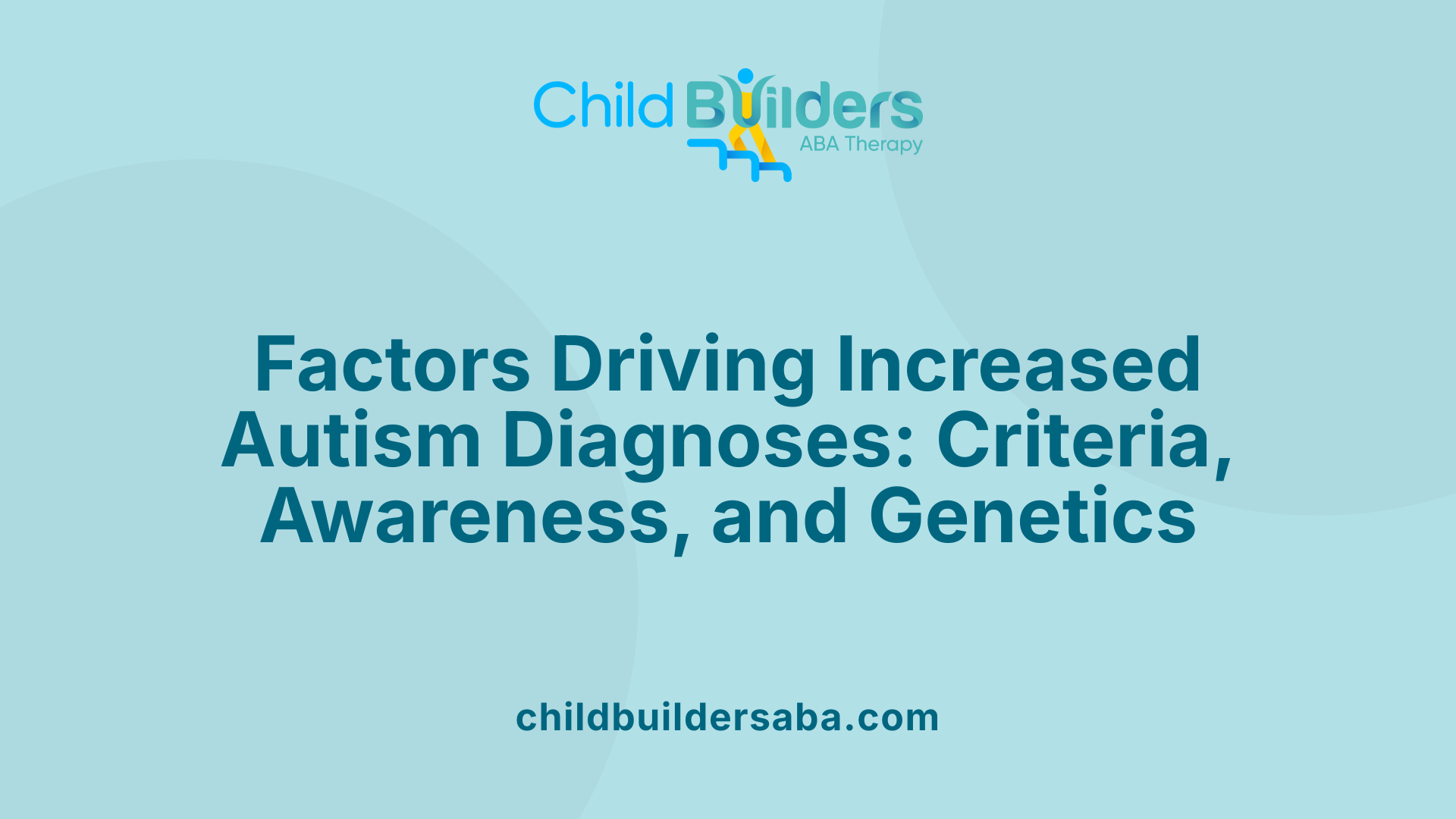
What are the factors influencing autism diagnosis rates?
The dramatic rise in autism diagnoses over the past few decades can be attributed to several interconnected factors. A primary element has been increased awareness among healthcare professionals, educators, and families, which results in earlier and more frequent identification of autism spectrum disorder (ASD). This heightened vigilance ensures that more children are evaluated and diagnosed at younger ages.
Another significant influence is the evolution of diagnostic criteria. The transition from DSM-IV to DSM-5, for example, involved broadening the definitions and consolidating various subcategories into a single spectrum diagnosis. While this change aimed to better reflect the diversity of autism presentations, it also unintentionally expanded the range of behaviors that qualify for a diagnosis, thereby increasing diagnosis rates. Studies, including a Danish report, have shown that much of the rise is due to these diagnostic shifts rather than an actual increase in new cases.
Improved screening tools and assessment methods have also contributed. Standardized instruments and structured interviews make it easier for clinicians to identify autistic traits accurately, even in cases with subtle or atypical presentations. These advancements help reduce underdiagnosis but can also lead to overdiagnosis if not administered carefully.
Genetic factors play a notable role in autism risk. Researchers have identified numerous genes linked to autism, emphasizing its complex hereditary background. Autism often runs in families, reinforcing the idea of a strong genetic component. However, genetics alone do not determine who develops the condition; environmental influences interact with genetic predispositions.
Environmental factors are also associated with an increased risk of autism. These include advanced parental age at conception, prenatal exposure to pollutants or certain medications, maternal health issues during pregnancy, and complications during birth. These elements may influence neurodevelopment, especially when combined with genetic susceptibility.
Despite these factors, scientific consensus remains clear that vaccines do not contribute to autism development—an important reassurance amidst prevalent myths.
Overall, the rise in autism diagnosis reflects a blend of improved awareness, evolving criteria, and better detection methods. Genetics and environmental influences contribute to autism risk, but they do not fully explain the increase in reported cases, which is largely a consequence of enhanced recognition and diagnostic practices.
The Spectrum and Its Implications: Traits, Gender Differences, and Misdiagnosis
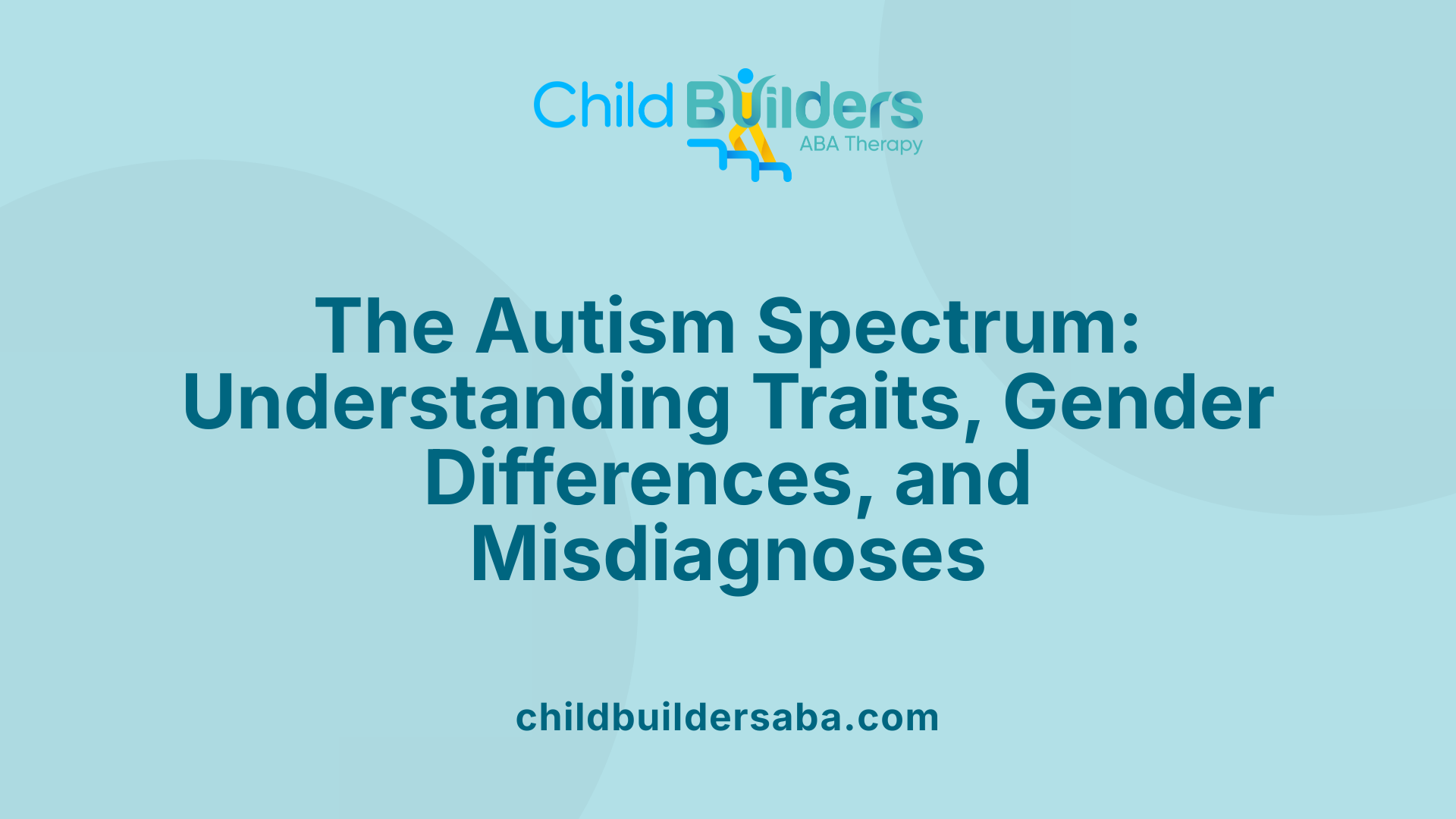
Understanding the spectrum nature of autism
Autism is increasingly recognized as a spectrum disorder, meaning it encompasses a wide range of behaviors and traits rather than a single, uniform condition. This spectrum nature reflects the diversity in how autism manifests in different individuals. Some may experience profound challenges that require significant support, while others function independently with minor or subtle traits.
Research suggests that autism traits can include social difficulties, repetitive behaviors, intense interests, and sensory sensitivities. These traits can be present in varying combinations and intensities, making diagnosis complex.
Because of this spectrum view, many individuals may exhibit certain traits associated with autism without meeting full criteria for an autism spectrum disorder (ASD). This leads to a situation where more people have observable traits than are formally diagnosed with autism, highlighting the importance of nuanced assessment and understanding.
The broadness of diagnostic criteria, especially with changes introduced in DSM-5, aims to capture this variability but has also sparked debate about potential overdiagnosis. Nonetheless, recognizing the spectrum nature helps in tailoring support and interventions suited to individual needs.
Ensuring Diagnosis Validity: Challenges, Improvements, and Expert Opinions
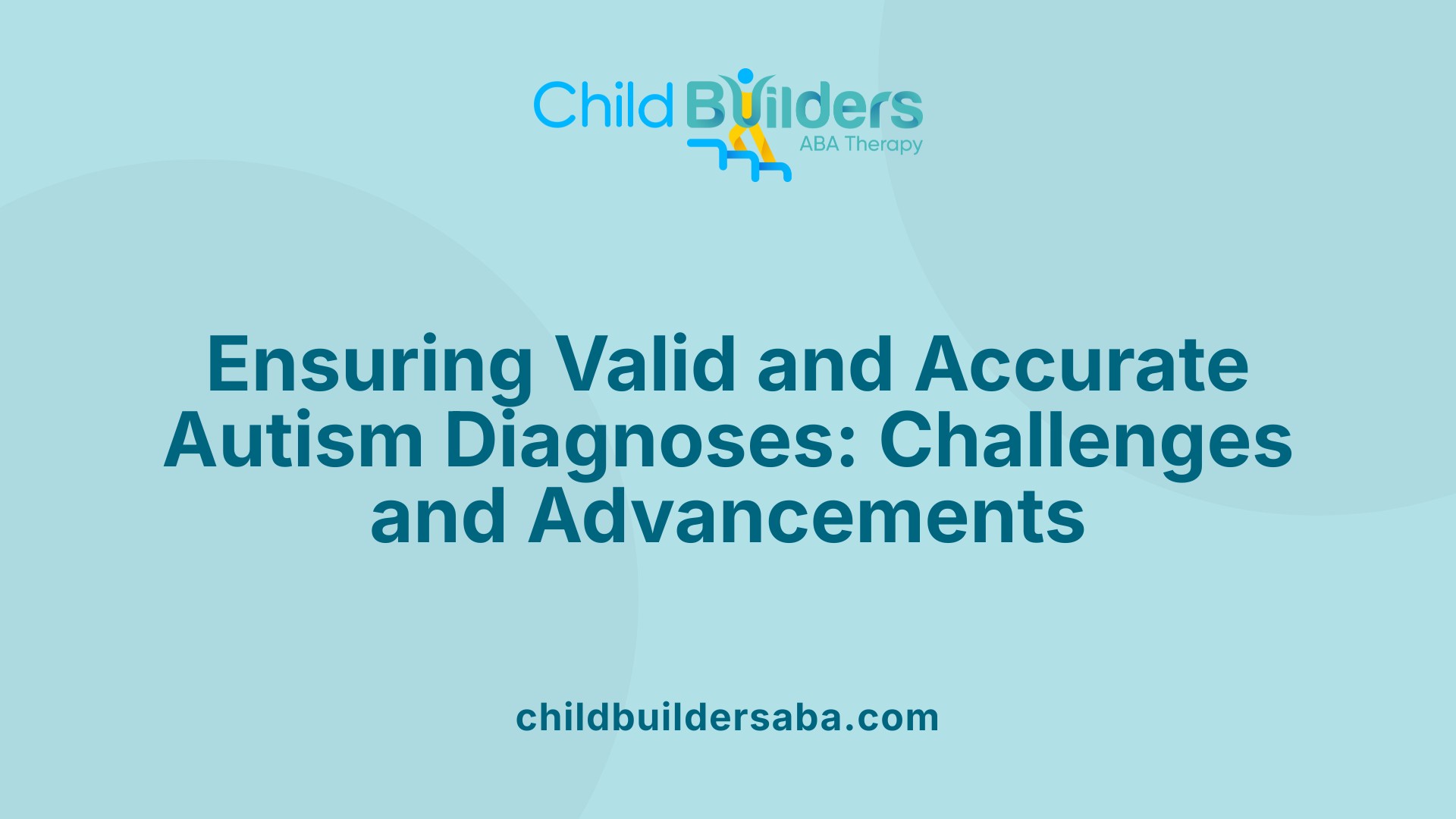
Are autism diagnoses valid and accurate?
Autism spectrum disorder (ASD) diagnoses are generally considered reliable when based on comprehensive assessments that incorporate standardized tools, clinical evaluation, and detailed developmental histories. Professionals utilize well-established instruments such as the Autism Diagnostic Observation Schedule, Second Edition (ADOS-2), and the Modified Checklist for Autism in Toddlers, Revised (M-CHAT-R/F), to systematically gather information about symptoms.
While these tools are vital, they are not standalone diagnostic criteria. Instead, they serve as screening and assessment aids that must be complemented by thorough clinical judgment from trained experts. The diagnostic process also involves understanding the individual's developmental history, behavioral patterns, and possibly input from caregivers and educators.
The accuracy of autism diagnoses can vary depending on several factors, including the child's age, developmental profile, and the experience of the evaluator. For example, some disparities have been observed across different regions and socioeconomic groups, often linked to variations in access to specialized assessment services.
One ongoing concern among experts is the potential for overdiagnosis or misdiagnosis. Such issues can arise when diagnostic criteria are broadened—like with the DSM-5’s consolidation of multiple diagnoses into ASD—or when assessment practices are inconsistent or lack sufficient training.
Nonetheless, a well-grounded diagnosis remains the most reliable way to confirm autism. It enables tailored interventions that significantly support social skills, communication, and overall development. Improvements in diagnostic procedures, clinician training, and use of structured assessments continue to enhance the precision and validity of autism diagnoses.
In summary, current diagnostic practices—centered around standardized tools and expert judgment—offer high validity, but ongoing vigilance is essential to maintain accuracy and prevent overdiagnosis.
Refining Practices and Addressing Controversies: The Path Forward
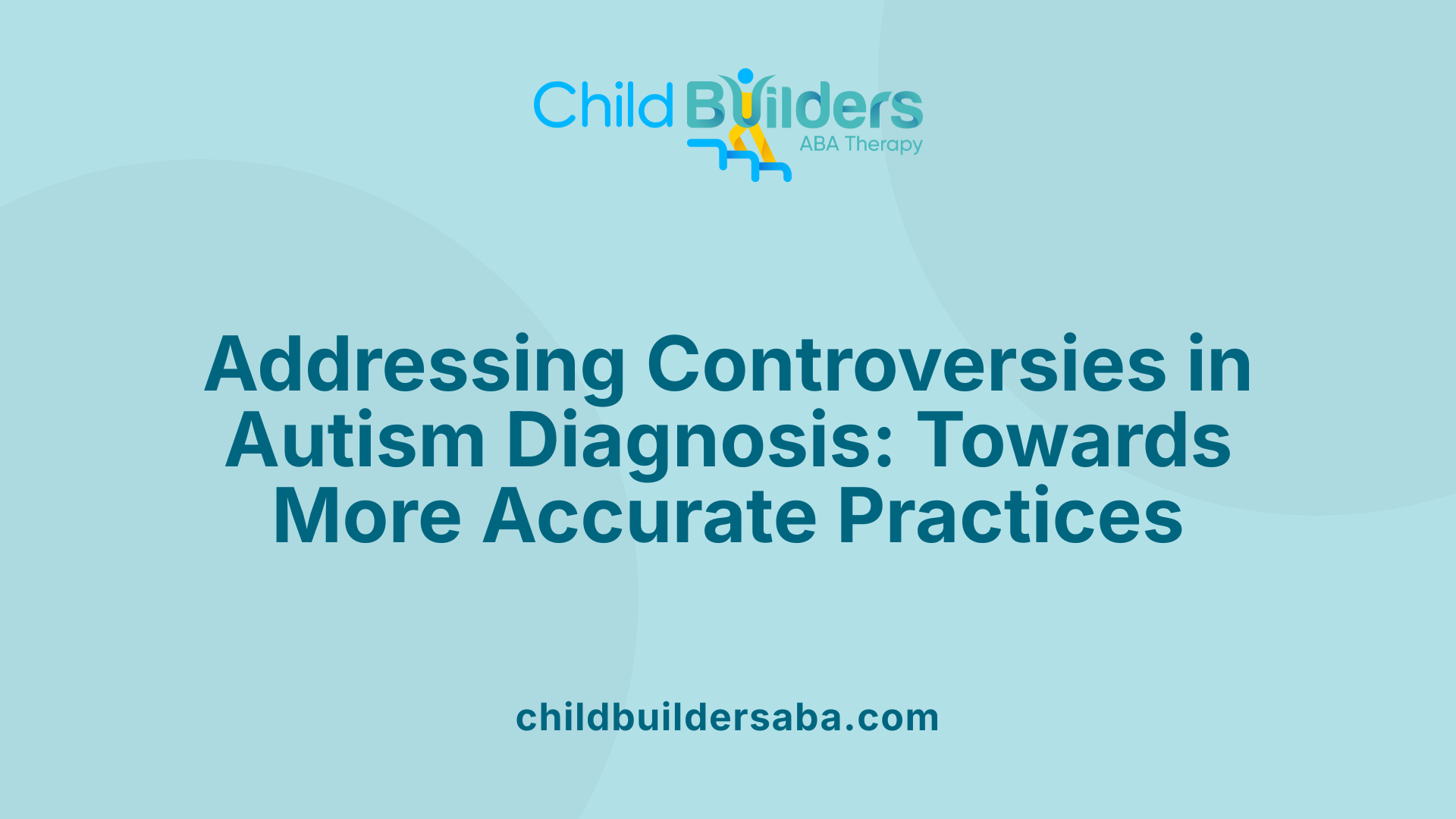
What are the debates and controversies surrounding autism diagnosis practices?
Autism diagnosis has been a subject of significant debate among researchers, clinicians, and policymakers. At the core of these discussions are concerns over potential overdiagnosis and misdiagnosis. Many experts point out that the broadening of diagnostic criteria, especially with the introduction of DSM-5, along with increased awareness and societal acceptance, have contributed to rising prevalence rates. However, some believe these figures may not reflect an actual increase in autism cases, but rather changes in how professionals identify and classify symptoms.
One major point of contention involves the heterogeneity of autism spectrum disorder (ASD). The spectrum includes individuals with varied abilities and challenges, from those with profound impacts to those who are high-functioning. The overlap of ASD symptoms with other neurodevelopmental and mental health conditions such as ADHD, mood disorders, and social anxiety complicates diagnosis. This overlap can lead to false positives where individuals are diagnosed with autism when their symptoms are better explained by other diagnoses.
Diagnostic tools and criteria have also come under scrutiny. Critics like Dr. Laurent Mottron argue that the vagueness of DSM-5’s definitions may contribute to looser, more inclusive diagnoses, increasing the risk of overdiagnosis. Similarly, Dr. Allen Frances, who helped refine diagnostic standards in earlier DSM editions, cautions that overly broad criteria can inflate prevalence rates, sometimes leading to labeling normal developmental variations as pathological.
Societal influences have further fueled controversy. The perceptions of “high-functioning autism” or labeling children based on
Balancing Benefits and Risks: Moving Toward Better Diagnostic Practices
While autism is unquestionably a real and impactful condition, the discussion around overdiagnosis remains vital. Advances in diagnostic tools, increased awareness, and research have improved our ability to identify autism accurately and early. However, the risk of overdiagnosis underscores the importance of employing comprehensive, multidisciplinary assessments and continuously reviewing diagnostic criteria. Recognizing the diversity within the autism spectrum and tailoring interventions based on functioning rather than labels may help mitigate potential harms. Ultimately, the ongoing debate challenges clinicians, researchers, and policymakers to ensure that diagnostic practices serve the best interests of individuals and society, fostering understanding, appropriate treatment, and support.
References
- Is Autism Overdiagnosed? - Autism Parenting Magazine
- Editorial: Is autism overdiagnosed? - Fombonne - 2023
- Doctor who broadened autism spectrum 'sorry' for over-diagnosis
- Is autism being overdiagnosed? - Royal College of Psychiatrists
- How Common Is Autism Misdiagnosis? - Healthline
- Overdiagnosis of Autism Spectrum Disorder - Neurology.org
- Editorial: Is autism overdiagnosed? - PubMed
- Autism overdiagnosed, Christopher Gillberg warns



.jpg)

































































































